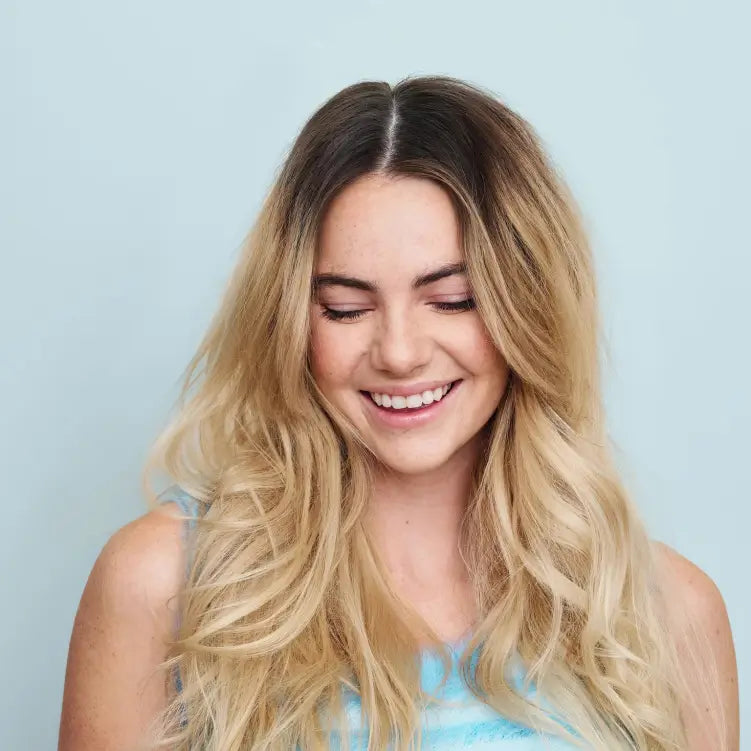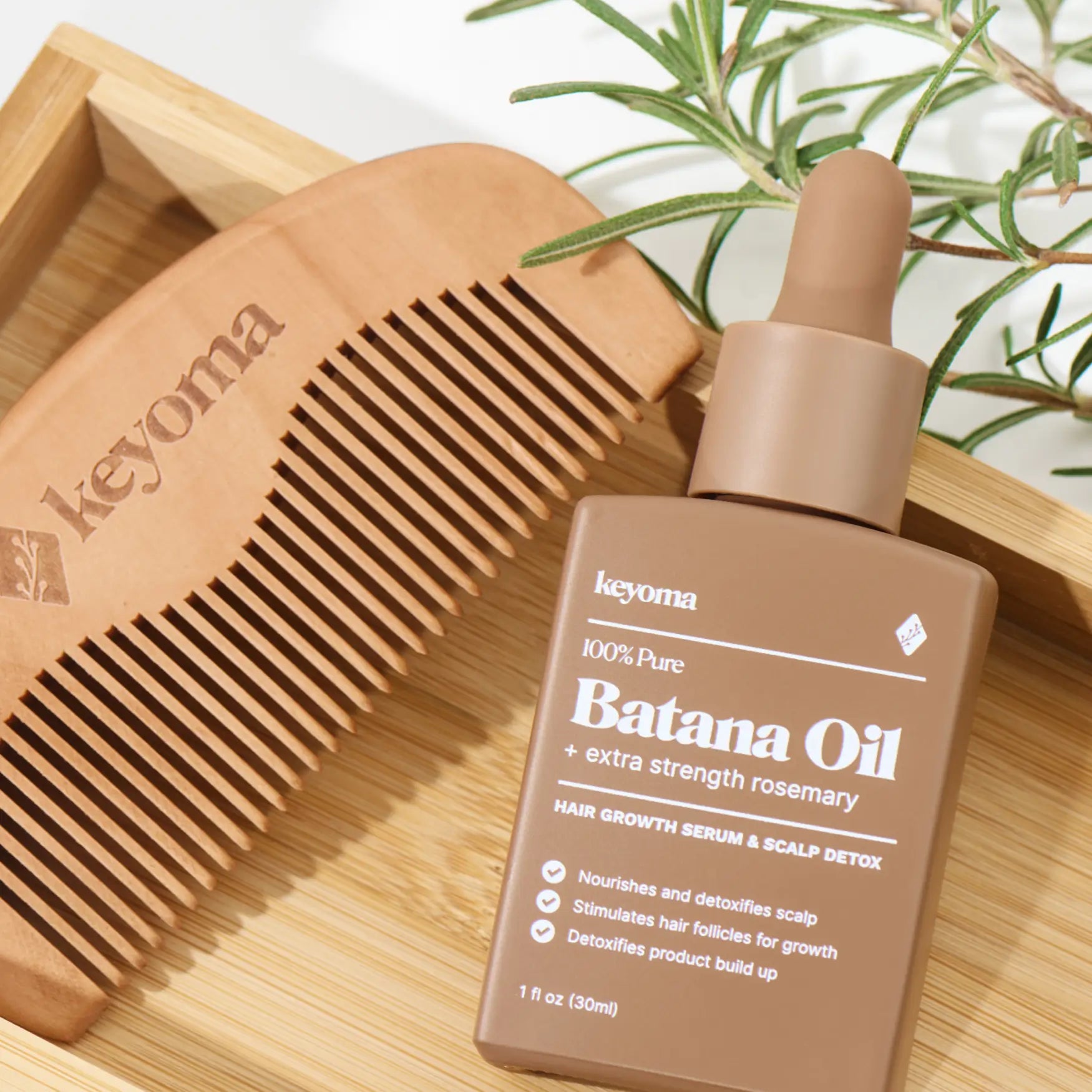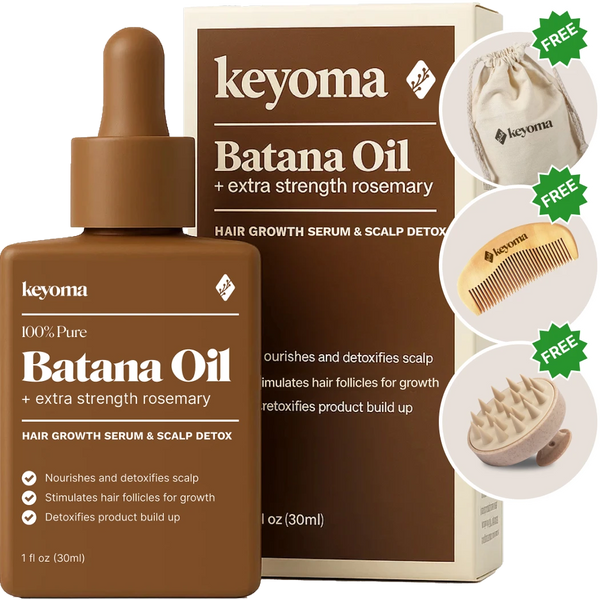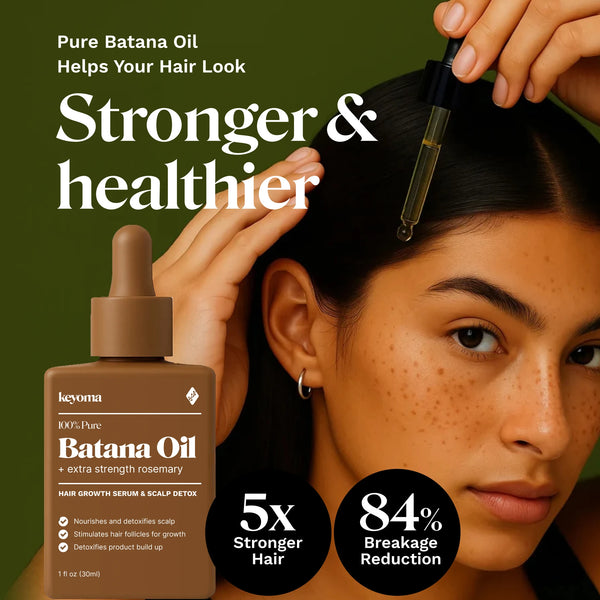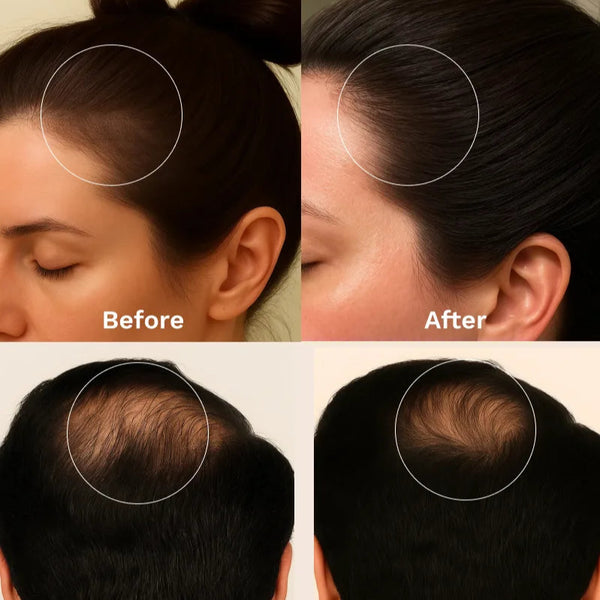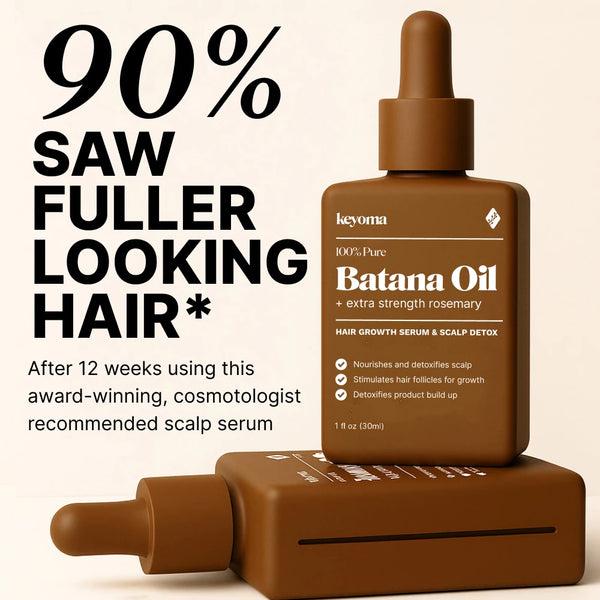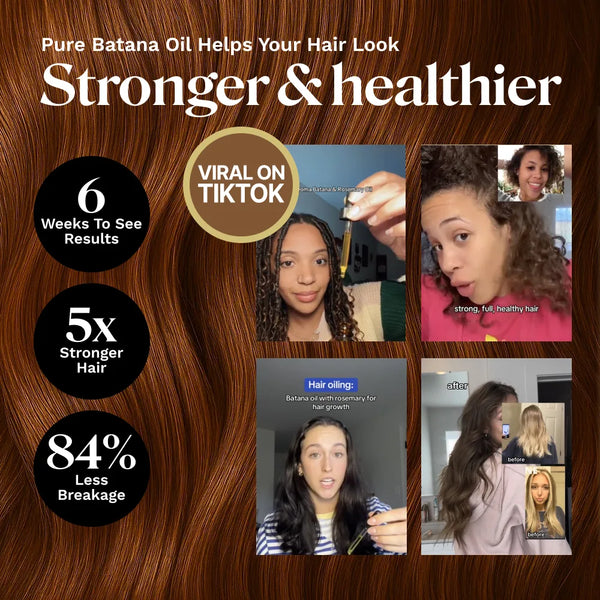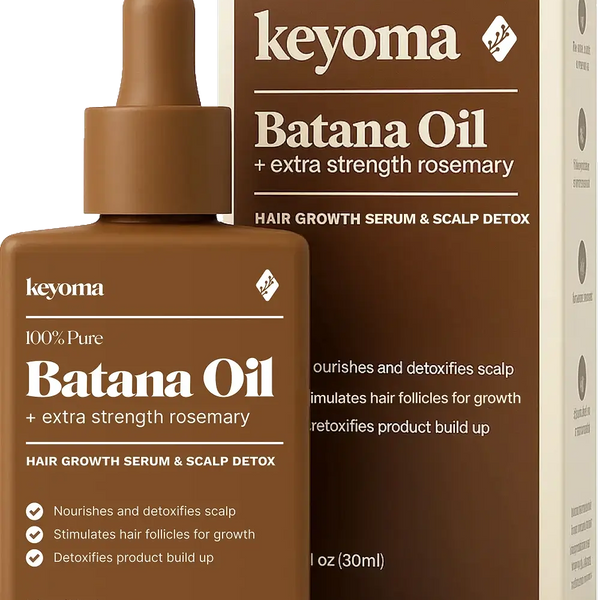In this article
You aren’t here for miracles. You want a plan that actually moves things forward. If you’re feeling treatment fatigue, you’re not alone. Hair grows in slow cycles, so change shows up across months, not days.
That’s why we wrote this article that focuses on options with clinical backing and routines you can stick with. Small daily habits add up.
Key Takeaways
-
Dermatologists prioritize proven options: daily minoxidil, DHT blockers for men, devices like LLLT.
-
Visible gains often appear after months of consistent use; stopping reverses progress.
-
Low-dose oral minoxidil remains off-label; topical finasteride shows similar efficacy with lower exposure.
-
During chemotherapy, avoid minoxidil; scalp cooling preserves hair, and post-treatment minoxidil may accelerate regrowth.
What Are Hair Regrowth Products and Why Do Dermatologists Recommend Them?
Put simply, these are tools that help you shed less and thicken strands over time. Current evidence suggests dermatologists lead with the strongest proof: topical minoxidil for men and women, prescription DHT blockers for men, and supportive choices like low-level laser therapy. These have human data and straightforward at-home use.
Minoxidil is the usual first move because daily use can slow loss and stimulate growth. It won’t give you a brand-new head of hair, but it can matter if you stay consistent.
The research I read shows doctors often add a DHT blocker like finasteride for men, since it targets the hormone pathway behind pattern thinning. Devices such as laser caps can add a modest benefit, which helps when gains arrive in small steps.
You’ll also see “adjuncts” that support scalp health rather than drive regrowth alone. Examples include ketoconazole shampoos for dandruff-related irritation and microneedling protocols that can improve topical penetration when done correctly. Researchers observed that pairing a proven core with helpers can make the environment friendlier to follicles.
10 Best Hair Regrowth Products for Men and Women [2025]

These picks come from published research, dermatologist guidance, and real feedback in active Reddit discussions. We weighed ingredient evidence, realistic concentrations, ease of use, and price clarity, and removed anything driven by hype.
Start with one change and track results for at least three months. Speak with a clinician before prescriptions. Below are the top 10 most evidence-based, practical, and user-vetted options.
1. Topical Minoxidil 5% (Foam or Solution)
For those who keep up with daily minoxidil often describe a restless first month. Shedding rises as older hairs are pushed out, then a plateau, then early fill-in if you stick with it. For me, a small phone reminder improved consistency with nightly applications.
Dermatology guidance and trials back that pattern, and visible change can take 6 to 12 months. Many prefer foam because it feels less sticky and is kinder to sensitive scalps. If you stop, gains usually fade within a few months.
2. Oral Minoxidil, Low Dose (Off-Label)
If you dislike mess or miss doses sometimes move to a tiny daily pill and find it easier to stick with, but they also note tradeoffs like ankle puffiness or fine facial hairs at higher doses.
Small human trials report that low-dose oral regimens help many with pattern hair loss and perform about as well as strong topical plans at 24 weeks, though the pill remains off-label and is not superior. Ongoing check-ins with a clinician are important.
3. Finasteride 1 mg Oral (For Men)
Men who start using finasteride sooner often notice shedding slows first, then crown coverage thickens with steady use.
Classic trials show benefits that hold over years. In 2025, Europe’s medicines regulator added suicidal thoughts to the recognized side-effect list for finasteride, so upfront counseling and mood check-ins matter alongside discussion of sexual side effects. You need continuous daily dosing to maintain gains.
Explore FDA-approved hair growth products
4. Topical Finasteride 0.25% (Spray or Solution)
If you’re seeking DHT blocking without a systemic pill often use a 0.25 percent finasteride scalp spray. Phase III data show hair-count improvements comparable to oral finasteride at 24 weeks, with markedly lower blood exposure. Users treat it like a once-daily leave-on, and clinicians still prescribe it with pregnancy precautions.
5. Oral Dutasteride 0.5 mg (Off-Label for Hair Loss)
Some men who don’t respond enough to finasteride switch to dutasteride and report stronger thickening, especially at the vertex.
A large randomized trial found 0.5 mg dutasteride increased hair counts and width more than finasteride at 24 weeks, and follow-up work suggests the advantage can persist, with safety profiles that look similar in studies. It has a long half-life, so effects and side effects linger after stopping.
6. Spironolactone Oral (For Women)
Women with androgen-driven thinning often pair daily minoxidil with a spironolactone tablet and describe reduced shedding first, then density gains over months.
One review notes improvement rates above 50 percent overall, higher with combination therapy. Doses vary widely and clinicians individualize plans. It’s avoided in pregnancy and sometimes monitored with labs.
Learn more about the best hair loss treatment for women
7. Ketoconazole 1% to 2% Shampoo (Adjunct)
If you face flaking or itching often see shedding calm once the scalp is quieter. Ketoconazole shampoos are designed for dandruff and seborrheic dermatitis and aren’t hair-loss drugs, yet small studies suggest they can support the environment follicles live in and may nudge density when used with other treatments.
Typical real-world use is two to three times a week, letting it sit for a few minutes before rinsing, then rotating with a gentle shampoo to limit dryness.
8. Laser Therapy Devices (Low-Level)
Using home caps and combs attract people who prefer devices over meds. Users describe the routine as low effort but slow to show, with subtle thickening after months when they’re consistent.
Meta-analyses of sham-controlled trials show modest but significant gains in hair density for both men and women, and several devices are FDA cleared through the 510(k) pathway for pattern hair loss. Expectations should stay realistic, and many clinicians stack LLLT with minoxidil or prescriptions.
9. Microneedling Paired With Minoxidil
If you add scheduled microneedling often report next-day pinkness and tightness, then better “take” of their topicals and a thicker look by photo tracking. A randomized study showed that microneedling plus minoxidil beat minoxidil alone across hair growth measures.
Technique isn’t one size fits all, so clinics tune needle length and frequency and set aftercare rules to avoid irritation and infection.
Learn more about non-surgical hair loss treatments
10. Keyoma Batana Oil with Rosemary
If you want a gentler step sometimes use Keyoma Batana Oil with Rosemary as a leave-in. The batana base is rich in oleic and linoleic acids, which help soften strands and support scalp moisture, and the clean rosemary scent is a plus. Visible change still takes time.
A 6-month randomized trial reported that rosemary oil performed similarly to 2 percent minoxidil on key hair-count measures. Yet the overall research on rosemary is much smaller than for minoxidil or 5-alpha-reductase inhibitors, so most experts treat it as an add-on rather than a replacement.
If you try it, follow gentle-use basics like patch testing and avoiding undiluted essential oils on skin. Keyoma’s page suggests applying about a dropper to the scalp, massaging, then rinsing after 15–30 minutes or leaving it overnight.
Which Hair Regrowth Products Can You Use After Chemo?
If you’re in treatment or recently finished, the priority shifts to safety, timing, and setting expectations with your oncology team. During chemotherapy, avoid minoxidil.
The American Cancer Society explains that it widens blood vessels and can increase delivery of chemotherapy to follicles, which can make hair loss worse.
Scalp cooling, used during infusions, is the main preventive option and has solid data. In a 2017 JAMA trial of women on non-anthracycline regimens, 66.3% of patients who used scalp cooling lost 50% or less of their hair compared with 0% without cooling.
After treatment ends, hair typically starts to return on its own. Policies summarizing the evidence note that regrowth often begins within the first months and is usually underway by six months after the last chemotherapy cycle.
If you and your clinicians decide to add a topical, a small randomized trial found that 2% minoxidil shortened the period of baldness by a mean of about 50 days versus placebo. Mayo Clinic and cancer centers echo that minoxidil does not prevent loss during chemotherapy but may help speed regrowth once treatment is over.
Results vary by drug regimen. Reviews report higher hair preservation rates with cooling under many taxane-based protocols, with figures near 59 percent in some series, while anthracycline use lowers success.
Side effects from cooling tend to be tolerable, such as transient headaches or feeling cold on the scalp, and most programs screen for who is a good candidate. Your oncology team can advise on timing, device availability, and whether to layer in gentle scalp care while you wait for growth to kick in.
Build an Evidence-Based Regrowth Routine Today With Keyoma
Treat regrowth as a system you can keep. Pick one evidence-based core, set a daily cadence, protect strands so fewer break while follicles catch up, and change only one variable at a time so you can see what works.
Keep the scalp comfortable with brief massage after applications to improve consistency. For a simple natural base that adds slip and seals light hydration without competing with actives, finish with Keyoma’s Batana Oil with Rosemary as your daily scalp oil.
Featured Product
100% Pure Batana Oil + Rosemary
↓Best Batana Oil to Buy↓
1 Month
Subscribe & Save
- 30-day supply delivered monthly $35
- 30% off for life $6
- Free haircare essentials kit $33
- Free custom wooden comb $10
- Free scalp massager $15
- Free eco-friendly travel bag $8
- 30-Day Money Back Guarantee
- Free Shipping
- Online portal for easy cancel, skip, or pause.
1 Month One Time Purchase
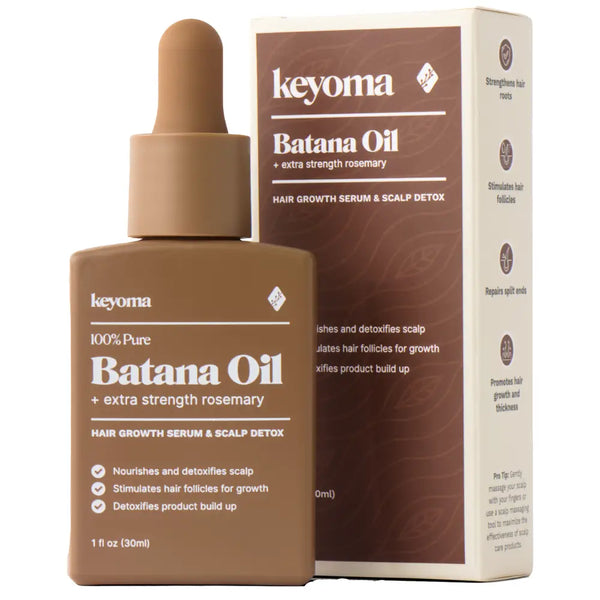
- 30-day supply $50
- 30% off for life $6
- Free haircare essentials kit $33
- Free custom wooden comb $10
- Free scalp massager $15
- Free eco-friendly travel bag $8
Your Cart
Your Cart is empty
Let's fix that
You might like...
Search our store
